Js Current Year Copyright
Copyright protection refers to the legal rights granted to the creators or owners of original works, such as literary, artistic, musical, or dramatic creations. These rights enable the creators to control the use and distribution of their works and ensure that they receive appropriate recognition and financial benefits from their creations. In the current year, copyright protection has become increasingly important due to the widespread use of digital technologies and the ease of copying and distributing works online.
Changes and Updates in Copyright Laws
Copyright laws are constantly evolving to keep up with the changing landscape of technology and creative industries. In the current year, there have been several notable changes and updates in copyright laws around the world. For example, the introduction of the General Data Protection Regulation (GDPR) in the European Union has impacted how personal data is handled in relation to copyright enforcement. Additionally, some countries have implemented stricter rules and penalties for copyright infringement, including increased fines and criminal charges.
Copyright Infringements and Enforcement Measures
Copyright infringements occur when someone uses, reproduces, distributes, or displays a copyrighted work without the permission of the copyright owner. In the current year, copyright holders face numerous challenges in protecting their rights due to the ease of unauthorized copying and sharing enabled by digital technologies. To combat copyright infringements, copyright holders may take legal actions, such as sending copyright infringement notices, filing lawsuits, or seeking financial compensation for damages.
The Impact of Technology on Copyright Protection
The advancement of technology has significantly impacted copyright protection in the current year. On one hand, digital technologies have made it easier for individuals to create, distribute, and access creative works. However, this has also increased the risk of copyright infringement and unauthorized use of copyrighted materials. To address this, various technological tools and measures have been developed to protect copyright, such as digital rights management (DRM) systems, watermarking techniques, and content recognition algorithms.
International Copyright Laws and Treaties
Copyright protection is not limited to individual countries and is often governed by international treaties and agreements. The Berne Convention for the Protection of Literary and Artistic Works and the World Intellectual Property Organization Copyright Treaty are two key international treaties that establish minimum standards for copyright protection among member countries. In the current year, these international laws play a crucial role in governing cross-border copyright issues and ensuring that creators’ rights are respected globally.
Copyright Issues in the Digital Age
The digital age has brought about new challenges and complexities in copyright protection. In the current year, copyright issues in the digital age include the unauthorized sharing and downloading of copyrighted materials on file-sharing platforms, the rise of streaming services and their impact on artists’ royalties, and the use of copyrighted content on social media platforms without proper attribution or permission.
FAQs
Q: How can I get the current year in JavaScript?
A: You can get the current year in JavaScript by using the Date object and its getFullYear() method. Here’s an example:
const currentYear = new Date().getFullYear();
console.log(currentYear);
Q: How can I get the current year in Java?
A: In Java, you can use the Calendar class to get the current year. Here’s an example:
import java.util.Calendar;
public class CurrentYear {
public static void main(String[] args) {
Calendar calendar = Calendar.getInstance();
int currentYear = calendar.get(Calendar.YEAR);
System.out.println(currentYear);
}
}
Q: How can I display the current year in HTML?
A: You can display the current year in HTML by using JavaScript within a script tag. Here’s an example:
Q: How can I auto-update the year in the copyright notice on my HTML page?
A: You can auto-update the year in the copyright notice on your HTML page by using JavaScript. Here’s an example:
Q: How can I get the current year in TypeScript?
A: In TypeScript, you can get the current year using the JavaScript approach. Here’s an example:
const currentYear: number = new Date().getFullYear();
console.log(currentYear);
Q: How can I use a shortcode to display the current year in WordPress?
A: You can use a shortcode in WordPress to display the current year by adding the following code to your theme’s functions.php file:
function current_year_shortcode() {
return date(‘Y’);
}
add_shortcode(‘current_year’, ‘current_year_shortcode’);
Then, you can use the [current_year] shortcode in your WordPress content to display the current year.
Q: How can I get the current month in JavaScript?
A: You can get the current month in JavaScript by using the Date object and its getMonth() method. However, note that the getMonth() method returns a zero-based index, so you may need to add 1 to the result. Here’s an example:
const currentMonth = new Date().getMonth() + 1;
console.log(currentMonth);
Q: How can I get the current year and month in PHP?
A: In PHP, you can use the date function to get the current year and month. Here’s an example:
$currentYear = date(‘Y’);
$currentMonth = date(‘m’);
echo $currentYear;
echo $currentMonth;
Q: How can I use JavaScript to display the current year in the copyright of my website?
A: You can use JavaScript to dynamically display the current year in the copyright of your website. Here’s an example:
Make sure to replace “Your Website Name” with the actual name of your website.
Use Javascript To Display The Current Year For A Copyright Notice On Your Webpage
How To Get Year Of Copyright In Javascript?
In the digital age, protecting intellectual property has become increasingly important. Copyright laws grant creators exclusive rights to their original works, and one way to indicate this protection is by including the copyright year in your website or application. In this article, we will explore various methods to obtain the year of copyright in JavaScript and discuss why this is relevant. So, if you’re a web developer or simply curious about copyright indications, keep reading!
Why Include the Year of Copyright?
The year of copyright is an essential element in indicating the freshness and legality of a digital asset. By including the copyright year on your website or application, you inform users that your work is protected under copyright laws and that the content is up-to-date. It can also help establish your ownership in case of any legal disputes.
Now, let’s dive into the different ways to retrieve the current year in JavaScript:
1. Using the Date Object:
JavaScript provides the Date object, which allows us to work with dates and times. We can use the getFullYear() method to retrieve the current year. Here’s an example:
“`javascript
const copyrightYear = new Date().getFullYear();
console.log(copyrightYear);
“`
This will output the current year in JavaScript.
2. Hardcoding the Year:
If you want to automate the process and ensure that the year is always updated, you can hardcode the current year directly into your JavaScript code. However, this approach requires manually updating the code each year, which can be time-consuming and prone to errors:
“`javascript
const copyrightYear = 2022;
console.log(copyrightYear);
“`
3. Using Template Literals:
Template literals are a powerful feature in JavaScript that allows for more flexible string formatting. We can use template literals to concatenate the current year with a copyright symbol:
“`javascript
const currentYear = new Date().getFullYear();
const copyrightYear = `${currentYear} ©`;
console.log(copyrightYear);
“`
This will output something like “2022 ©”.
4. Frequently Asked Questions (FAQs):
Q: Is it necessary to include the year of copyright on my website?
A: Although it is not legally required, including the year of copyright helps assert your ownership and indicates that your work is protected.
Q: How often should I update the year of copyright on my website?
A: It is advisable to update the year annually to maintain the accuracy of the copyright indication.
Q: Can I use JavaScript to dynamically update the year without modifying the code every year?
A: Yes, by using JavaScript’s Date object and the getFullYear() method, you can automatically fetch and display the current year on your website or application.
Q: What are the benefits of using template literals for the year of copyright?
A: Template literals allow for dynamic string concatenation, making it easier to customize the text and symbol surrounding the year of copyright.
Q: Can I use a JavaScript framework or library to get the year of copyright?
A: Yes, most JavaScript frameworks and libraries have built-in utilities for working with dates. You can use these utilities to retrieve the current year as well.
Q: Are there any copyright laws I should be aware of when using the year of copyright in JavaScript?
A: While including the year of copyright is beneficial, it is essential to be aware of copyright laws specific to your jurisdiction to ensure compliance.
In conclusion, including the year of copyright in your JavaScript code is a valuable practice to assert your ownership and indicate the legal protection of your work. By utilizing JavaScript’s Date object or template literals, developers can dynamically retrieve and showcase the current year. Remember to keep the year updated to maintain accuracy. Now that you are armed with this knowledge, feel free to implement the year of copyright in your projects and protect your intellectual property!
How To Automatically Update Your Copyright Year In Javascript?
As a web developer, it’s crucial to ensure that your website remains up to date with the latest copyright year. Updating your copyright year manually can be a hassle, especially if you have multiple pages and websites. Fortunately, JavaScript provides an efficient solution to automatically update the copyright year for you. In this article, we will explore how to implement this feature in your web projects, along with some frequently asked questions.
Why is updating the copyright year important?
It’s essential to keep your website’s copyright information accurate and up to date for several reasons. Firstly, updating the copyright year demonstrates that your website is active and maintained. It also reflects your commitment to respecting intellectual property rights. Additionally, displaying the correct copyright year helps visitors understand when the content on your site was created, protecting against potential misunderstandings or legal implications.
Implementing the automatic copyright year update
To automatically update the copyright year on your website, you’ll need to utilize JavaScript. Here’s a step-by-step guide to implementing this feature:
Step 1: Add HTML Markup
To get started, open the HTML file where you want to display the copyright year. Insert a element with an id to target it later using JavaScript. For instance:
“`
“`
Step 2: Write JavaScript function
Next, create a JavaScript function that updates the text inside the element with the current year. You can achieve this by targeting the element by its id and using the JavaScript `Date()` object. Here’s an example function:
“`
function updateCopyrightYear() {
const year = new Date().getFullYear();
document.getElementById(“copyright-year”).textContent = year;
}
“`
Step 3: Call the function
Finally, call the `updateCopyrightYear()` function to update the copyright year whenever the webpage loads or refreshes. You can do this by hooking into the `window.onload` event. Add the following line of JavaScript code:
“`
window.onload = updateCopyrightYear;
“`
That’s it! Now, every time someone visits your webpage, the copyright year will be automatically updated to the current year.
FAQs
Q1. Do I need to manually change the JavaScript code each year?
A1. No, the JavaScript code we provided will determine the current year dynamically, ensuring that your copyright year is always up to date.
Q2. Can I modify the output format of the copyright year?
A2. Yes, you can adjust the output format of the copyright year as per your requirement. For example, you can add additional text or change the order of elements. Modify the JavaScript function accordingly.
Q3. Can I use jQuery instead of plain JavaScript?
A3. Absolutely! If you are using the jQuery library on your website, you can rewrite the JavaScript function using jQuery syntax for element selection and manipulation.
“`
function updateCopyrightYear() {
const year = new Date().getFullYear();
$(“#copyright-year”).text(year);
}
“`
Remember to include the jQuery library before calling this function.
Q4. What if my website is built on a CMS like WordPress?
A4. Content Management Systems (CMS) like WordPress or Joomla often have built-in features to update the copyright year. Check your CMS settings or consult the documentation to find the appropriate way to update the copyright information.
Q5. Can I use this method for multiple pages or websites?
A5. Absolutely! You can include the JavaScript code in a separate file and link it to multiple pages or websites. This way, the copyright year will update automatically across all your webpages.
Conclusion
Keeping your website’s copyright year up to date is essential for maintaining an accurate and professional online presence. By using JavaScript, you can easily automate the copyright year update process, saving time and effort. Ensure that visitors to your site are always presented with the correct copyright year, reflecting your commitment to maintaining and protecting your content.
Keywords searched by users: js current year copyright Get current year JS, Get current year in Java, Current year html, Auto update year copyright html, Get current year TypeScript, Shortcode current year WordPress, Get current month js, PHP Get current year and month
Categories: Top 68 Js Current Year Copyright
See more here: nhanvietluanvan.com
Get Current Year Js
JavaScript (JS) is a versatile programming language that runs smoothly on web browsers, making it an essential tool for web developers. Among the various operations JS can perform, getting the current year is a fairly common task. In this article, we will delve into the world of “Get current year JS,” covering various methods that developers can utilize to retrieve the present year using JavaScript. So, let’s dive right in!
Methods to Get Current Year in JavaScript:
Method 1: The Date Object
The first method we’ll explore is by using the Date object in JavaScript. By leveraging built-in methods provided by this object, we can easily obtain the current year. Here’s an example using the getFullYear() function:
“`javascript
const currentYear = new Date().getFullYear();
console.log(currentYear);
“`
Method 2: The getUTCFullYear() Function
Similar to the previous method, the getUTCFullYear() function returns the current year as a four-digit number. This function retrieves the year in Universal Coordinated Time (UTC) format and can be used when dealing with worldwide applications:
“`javascript
const currentYear = new Date().getUTCFullYear();
console.log(currentYear);
“`
Method 3: Using the Intl Object
Introduced in ECMAScript Internationalization API (ECMA-402), the Intl object provides a range of features for internationalizing web applications. Utilizing this object, we can retrieve the current year in a locale-specific format. Here’s an example:
“`javascript
const currentYear = new Intl.DateTimeFormat(‘en’, { year: ‘numeric’ }).format();
console.log(currentYear);
“`
Method 4: Moment.js
Moment.js is a popular JS library that simplifies date and time manipulation. Although Moment.js is not included in the standard JavaScript library, it can be easily installed via npm or used via a CDN. Here’s an example of using Moment.js to fetch the current year:
“`javascript
const currentYear = moment().format(“YYYY”);
console.log(currentYear);
“`
Method 5: Using ES6 Template Literals
ES6 template literals provide an elegant and concise way to concatenate strings in JavaScript. By incorporating a Date object within a template literal, we can extract the current year. Here’s an example:
“`javascript
const currentYear = `${new Date().getFullYear()}`;
console.log(currentYear);
“`
FAQs:
Q1. Why do I need to retrieve the current year in JavaScript?
A1. Getting the current year is often required for tasks like displaying a copyright notice or dynamically updating data based on the current year, such as generating reports or calendars.
Q2. What is the difference between getFullYear() and getUTCFullYear()?
A2. The getFullYear() function returns the year based on the local time zone, while getUTCFullYear() provides the year based on Universal Coordinated Time (UTC).
Q3. Can I retrieve the current year in a specific locale using JavaScript?
A3. Yes, by using the Intl object and its options, you can obtain the current year in a locale-specific format. You can specify the language, region, and desired formatting options to retrieve the current year accordingly.
Q4. Is Moment.js necessary to fetch the current year?
A4. No, Moment.js is not mandatory. The previous methods provided do not require any external libraries. However, Moment.js can facilitate more advanced date and time manipulation tasks.
Q5. Can I use any of these methods in both frontend and backend JavaScript?
A5. Yes, all of the methods described above can be utilized in both frontend and backend JavaScript code. However, be aware of the availability of certain methods in different JavaScript environments.
Conclusion:
Retrieving the current year in JavaScript is a common task that web developers encounter. Whether you choose to use built-in JavaScript functions or external libraries like Moment.js, there are multiple methods available at your disposal. By easily incorporating these methods into your code, you can dynamically generate the current year and make your applications more dynamic and up-to-date.
Get Current Year In Java
Java, being one of the most widely used programming languages, provides numerous features and functionalities to developers. One critical aspect of many applications is obtaining the current year, which can be required for various purposes, such as generating timestamps, managing date-related calculations, or simply displaying the current year in user interfaces. In this article, we will explore different approaches and techniques to get the current year in Java.
1. The get() Method in Calendar Class:
Java provides the `Calendar` class, which offers extensive date and time manipulation capabilities. One way to obtain the current year is by using the `get()` method of this class. Here’s an example:
“`java
import java.util.Calendar;
public class GetCurrentYear {
public static void main(String[] args) {
Calendar calendar = Calendar.getInstance();
int currentYear = calendar.get(Calendar.YEAR);
System.out.println(“Current Year: ” + currentYear);
}
}
“`
By calling `getInstance()` on the `Calendar` class, we get an instance representing the current date and time. The `get()` method with the `Calendar.YEAR` constant retrieves the current year.
2. Date and Time APIs (Java 8+):
With the introduction of the Java 8 Date and Time APIs, handling date-related operations has become more streamlined and intuitive. We can use the `java.time.LocalDate` or `java.time.Year` classes to obtain the current year. Here is an example:
“`java
import java.time.LocalDate;
public class GetCurrentYear {
public static void main(String[] args) {
int currentYear = LocalDate.now().getYear();
System.out.println(“Current Year: ” + currentYear);
}
}
“`
The `LocalDate` class provides the `now()` method to retrieve the current date, from which we can call `getYear()` to obtain the year.
3. System.currentTimeMillis() Method:
In some scenarios, calculating the current year based on the system’s timestamp could be useful. Java provides the `System.currentTimeMillis()` method to obtain the current time in milliseconds since January 1, 1970. We can convert this timestamp into a `java.util.Date` object and then extract the year. Here’s an example:
“`java
import java.util.Date;
public class GetCurrentYear {
public static void main(String[] args) {
long currentTimeMillis = System.currentTimeMillis();
Date currentDate = new Date(currentTimeMillis);
int currentYear = currentDate.getYear() + 1900;
System.out.println(“Current Year: ” + currentYear);
}
}
“`
By adding 1900 to the year obtained from `getYear()`, we ensure we get the actual four-digit year.
4. FAQ – Frequently Asked Questions:
Q1. Can I use the same code to get the current year in other programming languages?
A1. No, the approaches discussed in this article are specific to Java. Other languages may have different mechanisms to obtain the current year.
Q2. Which approach should I choose out of the ones mentioned?
A2. The choice depends on your specific requirements and the Java version you are using. If possible, it is recommended to use the Java 8 Date and Time APIs, as they provide a more modern and comprehensive set of functionalities.
Q3. Can I obtain the current year without using any external libraries or APIs?
A3. Yes, Java provides built-in mechanisms via the `Calendar` class and `System.currentTimeMillis()`. However, using the Java 8 Date and Time APIs is generally preferred for their enhanced usability and better design.
Q4. Are the methods discussed thread-safe?
A4. Yes, the methods in the `Calendar` and Java 8 Date and Time APIs are designed to be thread-safe.
Q5. How easy is it to incorporate a different time zone while obtaining the current year?
A5. The Java 8 Date and Time APIs offer flexible solutions to handle time zones, allowing you to easily adjust the current year based on any desired time zone.
In conclusion, getting the current year in Java can be achieved through various approaches. Whether you prefer the flexibility of the `Calendar` class, the streamlined APIs of Java 8, or even the system time-based calculation, Java provides several options to suit different requirements. By understanding these techniques, you can efficiently retrieve the current year in your Java applications.
Current Year Html
In this fast-paced digital age, web development continues to evolve at an astonishing rate. Each year brings about new advancements and enhancements to HTML, the backbone of every website. In this article, we will take an in-depth look at Current Year HTML, exploring its latest features and their implications for web design. Let’s dive in!
What is Current Year HTML?
Current Year HTML, or HTML5, refers to the latest version of the Hypertext Markup Language that is used to structure and present content on the web. It is a significant leap forward from its predecessor, HTML4, bringing about a wide range of new elements, attributes, and features that enable developers to create more interactive and dynamic websites. Unlike previous versions, HTML5 also offers better compatibility across different devices and browsers.
Key Features of HTML5
1. Semantic Elements: HTML5 introduces a whole plethora of semantic elements, such as
Images related to the topic js current year copyright

Found 38 images related to js current year copyright theme
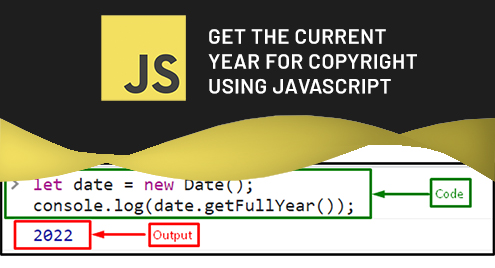
![How to get the Current Year in JavaScript [for copyright] | bobbyhadz How To Get The Current Year In Javascript [For Copyright] | Bobbyhadz](https://bobbyhadz.com/images/blog/javascript-get-current-year/banner.webp)

%20Method%20for%20Current%20Year%20of%20Copyright.png?ezimgfmt=rs:210x122/rscb5/ngcb5/notWebP)

![How to get the Current Year in JavaScript [for copyright] | bobbyhadz How To Get The Current Year In Javascript [For Copyright] | Bobbyhadz](https://bobbyhadz.com/images/blog/javascript-get-current-year/current-year-copyright.webp)




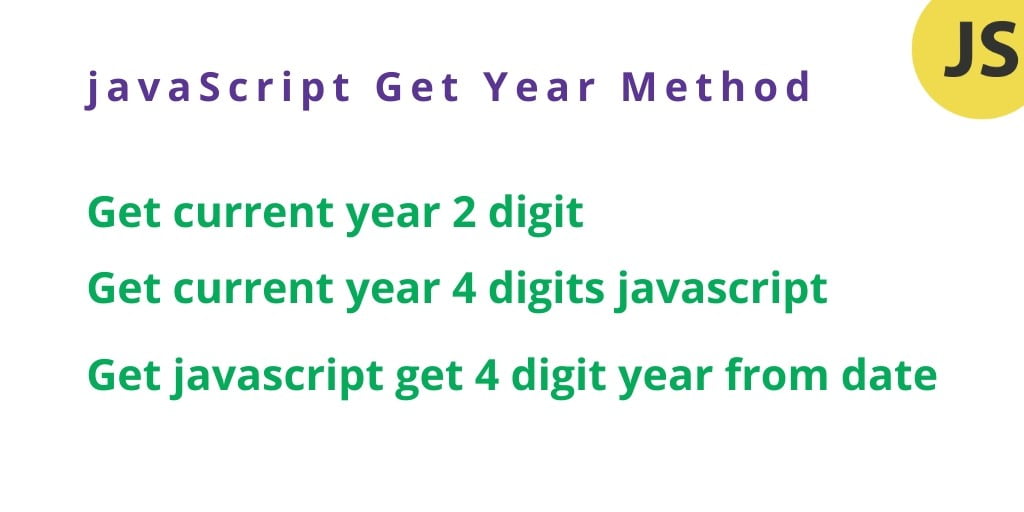
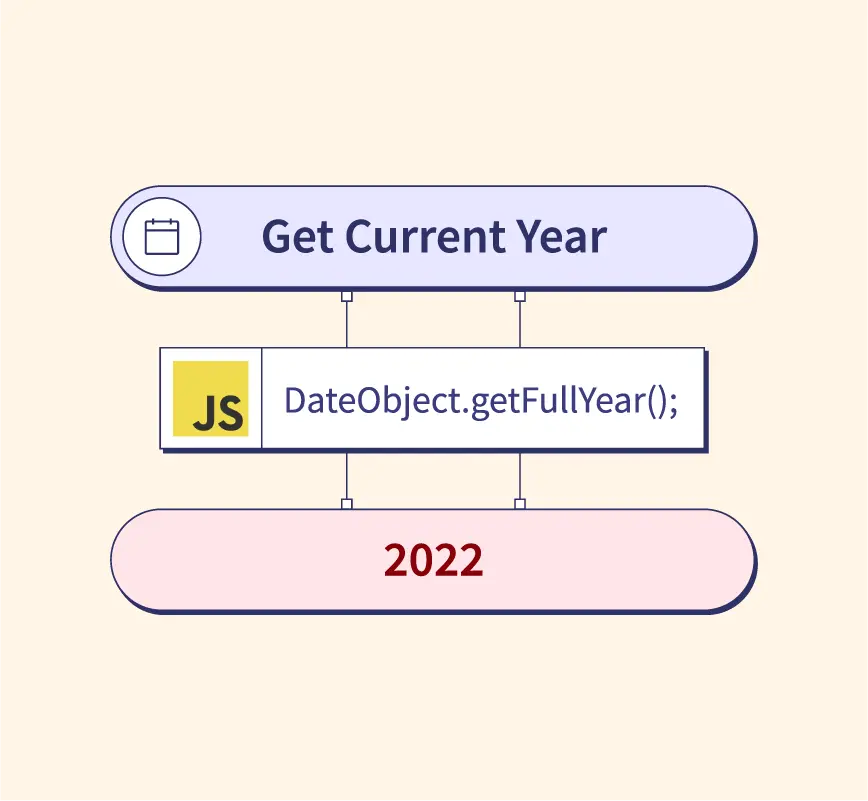

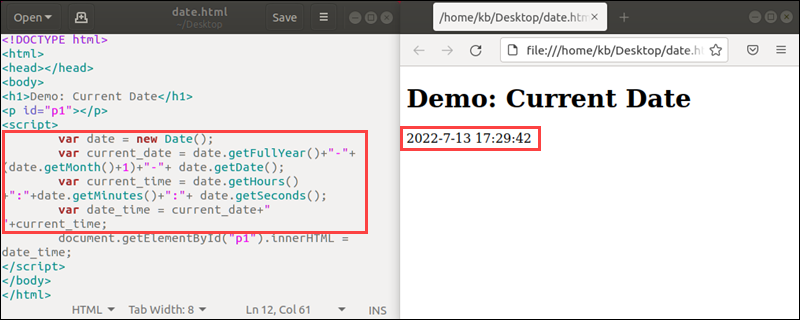



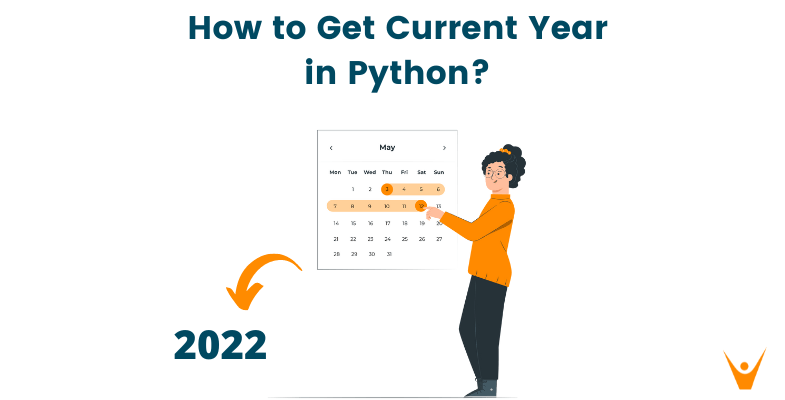

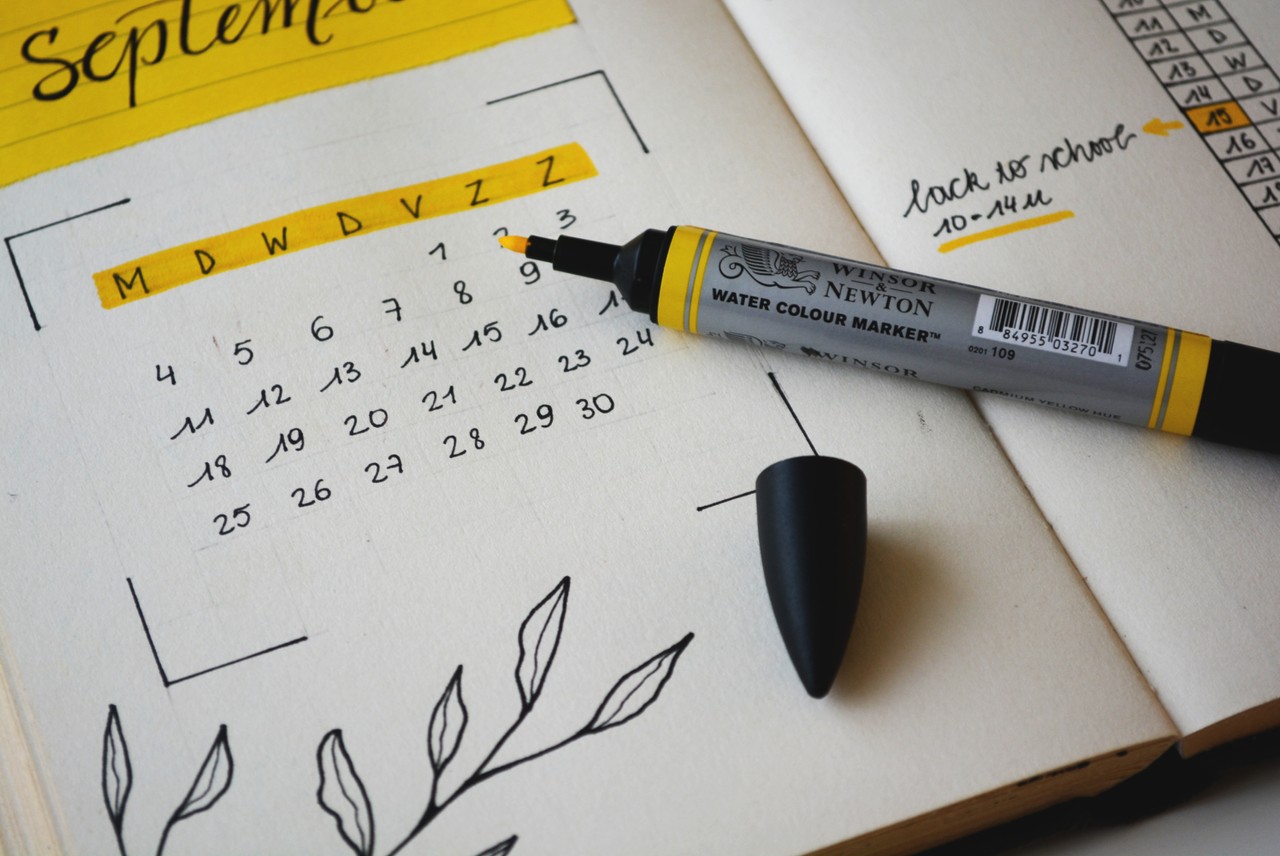




Article link: js current year copyright.
Learn more about the topic js current year copyright.
- Shortest way to print current year in a website – Stack Overflow
- Get the Current Year for Copyright Using JavaScript – Linux Hint
- How to get the Current Year in JavaScript [for copyright]
- How to AUTOMATICALLY Update Your Copyright Year
- How to get the Current Year in JavaScript [for copyright]
- How to Auto-Update Copyright Year with JavaScript (No document.write())
- Get the current year in JavaScript – date – Stack Overflow
- JavaScript Date setFullYear() Method – W3Schools
- Current Year Copyright in JavaScript | Delft Stack
- How to Make a Web Page Always Display the Current Year
- Copyright (current year) – CodePen
- How to get the current year for copyright in JavaScript?
See more: https://nhanvietluanvan.com/luat-hoc/